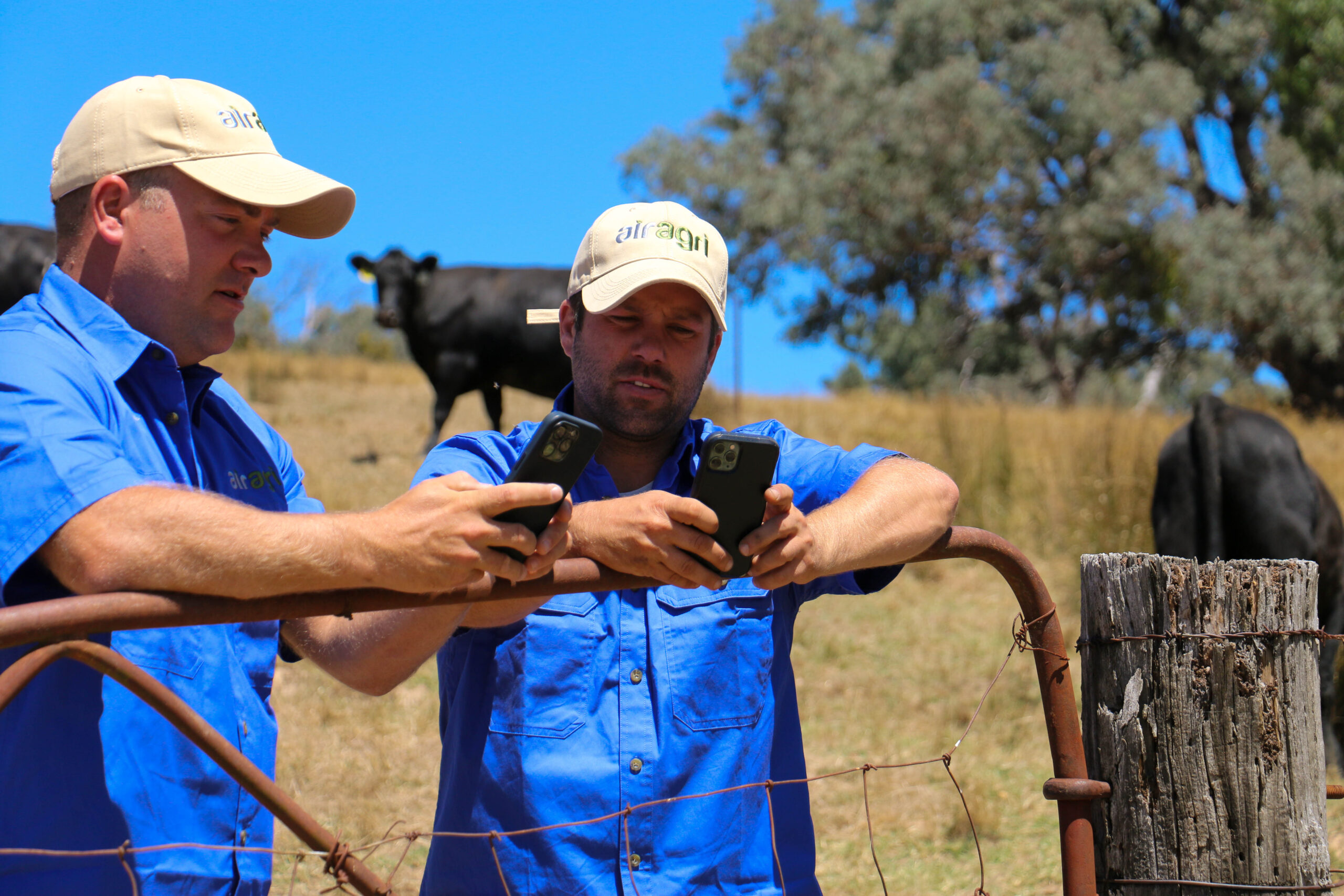The Value of Property-Specific Weather Forecasting for Farmers
Weather has always been a critical factor in Australian agriculture, influencing everything from planting schedules to harvesting times. For Australian farmers, whose livelihoods are closely tied to the whims of Mother Nature, accurate weather forecasting can make the difference between a bountiful harvest and a significant loss. While general weather forecasts provide a broad overview, property-specific weather forecasting offers precision and detail that can transform agricultural practices. This AirAgri blog explores the importance of property-specific weather forecasting and the myriads of benefits for farmers.
The Importance of Accurate Weather Forecasting in Agriculture
Farmers previously relied on regional weather forecasts and natural indicators to guide their agricultural activities. While these methods provided a general sense of upcoming weather conditions, they often lacked the precision needed for optimal farm management. For instance, a regional forecast might predict rainfall for an entire district, but the actual precipitation could vary significantly from one farm to another. Such discrepancies can lead to over- or under-irrigation, affecting crop health and yield.
Accurate weather forecasting is crucial for several aspects of farm operations. Planting and harvesting are time-sensitive activities that require precise timing to avoid adverse weather conditions. An unexpected frost can damage young plants, while a sudden downpour during harvest can ruin crops ready for collection. Farmers can make informed decisions that optimise their operations and mitigate risks by relying on detailed, property-specific weather forecasts.
The Science Behind Property-Specific Weather Forecasting
Property-specific weather forecasting leverages advanced technology to deliver highly accurate predictions tailored to individual farms. This technology utilises data from various sources, including satellites, weather stations, and IoT sensors. By analysing this data, sophisticated algorithms (AI) can provide detailed weather forecasts that consider each property’s unique characteristics, such as topography, soil type, and local climate patterns.
For example, AirAgri provides weather stations and sensors placed on a farm to monitor real-time conditions, including temperature, humidity, radiation, and wind speed. This data is then combined with satellite radars and historical weather data to create a comprehensive weather model for the property. The result is a high-resolution forecast that can accurately predict weather conditions, often down to specific fields within a farm.
Benefits of High-Resolution Weather Forecasting for Farmers
The benefits of property-specific weather forecasting are manifold, touching on every aspect of farm management and operations.
Optimising Farm Operations
One of the most significant advantages of property-specific weather forecasting is optimising farm operations. Precise weather predictions allow farmers to schedule planting and harvesting activities to avoid adverse conditions, thereby protecting their crops and maximising yields. For instance, knowing the exact window for optimal soil moisture can help in timing irrigation, ensuring that crops receive the right amount of water without waste.
Additionally, accurate weather forecasts enable better pest and disease control. Certain pests and diseases thrive in specific weather conditions. Farmers can take preventive measures by predicting these conditions, such as applying pesticides or fungicides before an outbreak occurs, thus protecting their crops and reducing losses.
Economic Benefits
High-resolution weather forecasting also offers substantial economic benefits. By reducing the reliance on guesswork and enabling precise decision-making, farmers can lower their input costs. Efficient use of water, fertilisers, and pesticides saves money and contributes to sustainable farming practices.
Moreover, property-specific weather forecasts can lead to increased yields and higher-quality produce. This, in turn, can improve marketability and profit margins. Farmers can also gain a competitive edge by timing their produce to meet market demand, thus fetching better prices.
Risk and Safety Management
Agriculture is inherently risky, with weather being a major factor that can make or break a farming season. Property-specific weather forecasting plays a crucial role in risk management by providing early warnings for extreme weather events such as storms, heat waves, and frosts. This allows farmers to take proactive measures, such as protecting vulnerable crops or livestock, adjusting irrigation schedules, or delaying harvests to avoid damage.
Additionally, the documented use of advanced weather forecasting tools can benefit farmers when dealing with insurance claims. Insurers may offer lower premiums to farmers who utilise such technologies, recognising the reduced risk of losses due to better preparedness.
Case Studies and Testimonials
Consider the story of a small family farm in New South Wales. By adopting property-specific weather forecasting, they could optimise their irrigation schedule, reducing water usage by 20% while increasing their crop yield. The detailed weather data helped them identify the best times for planting and harvesting, significantly improving their overall productivity.
Similarly, a large agricultural enterprise in Queensland saw remarkable benefits from integrating high-resolution weather forecasting into its operations. With better control over its inputs and a more accurate understanding of weather patterns, it was able to reduce costs and increase profitability.
Integrating property-specific weather forecasting into agricultural practices represents a significant advancement for Australian farmers. By providing accurate, high-resolution weather data tailored to individual properties, this technology enables farmers to optimise operations, reduce costs, and manage risks more effectively. As the agricultural landscape evolves, embracing these advanced forecasting tools will be essential for farmers aiming to thrive in an increasingly competitive and unpredictable environment.
In a country as vast and varied as Australia, where weather conditions can change rapidly and differ greatly from one location to another, the precision offered by property-specific weather forecasting is invaluable. It not only enhances the efficiency and productivity of farming operations but also provides the peace of mind that comes with knowing that every decision is backed by accurate, reliable data. For farmers, this means a more sustainable and prosperous future.




